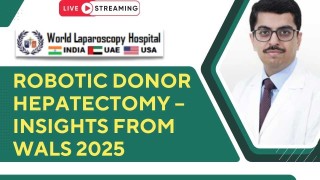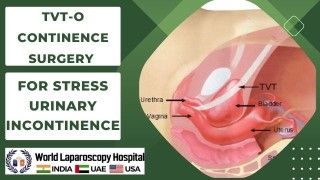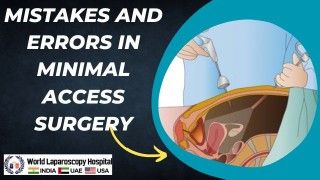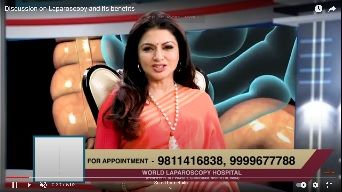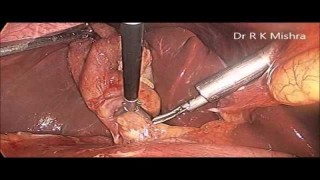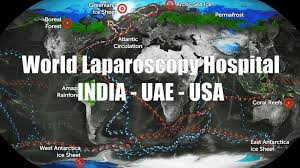Laparoscopic cardiomyotomy and Dor fundoplication
Add to
Share
253 views
Report
2 months ago
Description
Laparoscopic cardiomyotomy combined with Dor fundoplication is a specialized minimally invasive surgical procedure primarily used to treat achalasia, a condition where the lower esophageal sphincter (LES) fails to relax properly. This causes difficulty in swallowing, regurgitation, chest pain, and sometimes significant weight loss. The procedure aims to relieve the functional obstruction at the lower end of the esophagus while preventing postoperative reflux. What is Laparoscopic Cardiomyotomy? Cardiomyotomy, also called the Heller myotomy, involves carefully cutting the muscles of the lower esophagus and the upper part of the stomach (cardia) to reduce the pressure of the LES. By doing so, the passage of food from the esophagus into the stomach becomes smooth and easier, significantly improving swallowing and quality of life. Key Steps: Several small incisions are made in the abdomen to insert laparoscopic instruments. The lower esophageal muscles are exposed. A precise longitudinal cut is made along the muscle layer, leaving the mucosal layer intact. This ensures that the passage is widened without compromising the lining of the esophagus. Why Dor Fundoplication is Performed Alongside Myotomy After cardiomyotomy, the risk of acid reflux increases because the natural barrier of the LES is disrupted. To prevent gastroesophageal reflux, surgeons perform Dor fundoplication, which involves folding the upper part of the stomach (fundus) over the cut esophagus and securing it in place. Benefits of Dor Fundoplication: Protects the esophagus from stomach acid. Reduces postoperative reflux symptoms. Enhances long-term outcomes of the cardiomyotomy. Unlike a complete fundoplication (360°), Dor is a partial anterior wrap (approximately 180–200°), which preserves the ability to swallow easily. Advantages of Laparoscopic Approach Minimally invasive: Small incisions reduce scarring. Faster recovery: Patients often resume normal diet and activities sooner. Less pain: Compared to open surgery. Shorter hospital stay: Typically 1–3 days. Excellent visualization: Laparoscopy allows precise cutting of esophageal muscles and placement of fundoplication. Recovery and Lifestyle After Surgery Patients may start with liquids and gradually progress to soft foods. Mild chest discomfort is common and usually temporary. Regular follow-up ensures proper healing and checks for any reflux symptoms. Most patients notice a dramatic improvement in swallowing within weeks. Conclusion Laparoscopic cardiomyotomy with Dor fundoplication is a safe, effective, and minimally invasive procedure for managing achalasia. By addressing both the functional obstruction and protecting against reflux, it significantly improves the patient’s quality of life. With advances in laparoscopic surgery, this procedure has become the gold standard for treating achalasia in experienced hands.
Similar Videos

